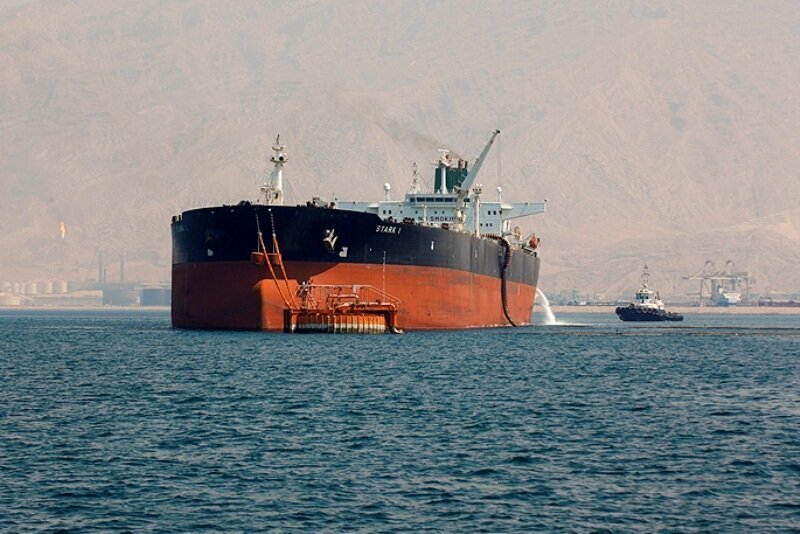Iranian oil output increases by 350,000 bpd since March: IEA

TEHRAN - The International Energy Agency (IEA) has said in a recent report that Iran’s crude oil output has increased by about 350,000 barrels per day (bpd) since the beginning of 2023 in spite of U.S. sanctions targeting the country’s oil sector.
“Despite tough financial restrictions, Iran managed to increase crude oil output by about 130,000 bpd in 2022 to an average 2.55 million bpd, and by 350,000 bpd since the beginning of this year,” the IEA said in its latest report dubbed Oil 2023.
The report argued that Iran remains a “wildcard” for world oil markets, and if it is released from sanctions, production could ramp up gradually by roughly 900,000 bpd to reach the capacity of 3.8 million bpd.
Higher exports and domestic throughput have pushed Iranian crude production up to around 2.9 million bpd in May 2023, it added.
Last week, Bloomberg reported that Iran has been shipping the highest amount of crude in almost five years despite U.S. sanctions.
Bloomberg cited energy analysts as saying that Iran’s oil exports have surged to the highest level since the U.S. unilaterally re-imposed sanctions on the country in 2018.
The crude shipments have doubled since last autumn to reach 1.6 million barrels a day in May, according to the report.
A Reuters report, also said on July 16, that Iranian crude shipments continued to rise in 2023 with higher shipments to China, Syria, and Venezuela. The report quoted consultants, shipping data, and a source familiar with the matter.
A large chunk of Iran’s crude oil goes to China which is the world’s major importer of energy. Several European customers including Germany, Spain, and Bulgaria also imported oil from Iran.
The United States, under former president Donald Trump, abandoned the nuclear deal with the Islamic Republic, formally known as the Joint Comprehensive Plan of Action (JCPOA), in May 2018 and reinstated unilateral sanctions that the agreement had lifted.
Tehran's oil exports have been limited since May 2018. However, the exports have risen steadily during the term of current U.S. President Joe Biden.
The crude exports exceeded 1.5 million bpd in May, the highest monthly rate since 2018, Reuters reported quoting Kpler, a major international tanker-tracking service.
The exports were roughly 2.5 million bpd in 2018, before the U.S. withdrawal from the 2015 nuclear agreement.
Iran said in May it has boosted its crude output to above three million bpd. That's about three percent of global supply and would be the highest since 2018, according to figures from the Organization of the Petroleum Exporting Countries (OPEC).
The Reuters report quoted analysts saying Iran's production and exports have risen.
SVB International, a consultant, estimates crude production hit 3.04 million bpd in May, up from 2.66 million bpd in January. Exports of crude and condensate were 1.93 million bpd in May, according to the report.
"Sanctions are in place but perhaps they are not fully implemented or monitored," said Sara Vakhshouri of SVB.
The recently published figures are the latest sign that U.S. sanctions on Iran have failed to cut the country’s oil revenues to zero, an objective frequently stated by former and current U.S. administration officials.
They also vindicate efforts by Iran in recent years to rely more on diplomatic and economic resources to circumvent U.S. sanctions rather than to submit to Washington’s pressure to scale back its nuclear, defense, and foreign policy programs in return for an easing of the sanctions.
In May, senior U.S. Republican Senator Lindsey Graham confessed to the ineffectiveness of the sanctions that have been unilaterally imposed on Iran.
Graham slammed the Biden administration for failing to stop Iran’s oil exports.
“Iranians are making more money under sanctions not less and China is the biggest reason we're not doing a damn thing about it,” he reportedly said.
EF/MA
Leave a Comment